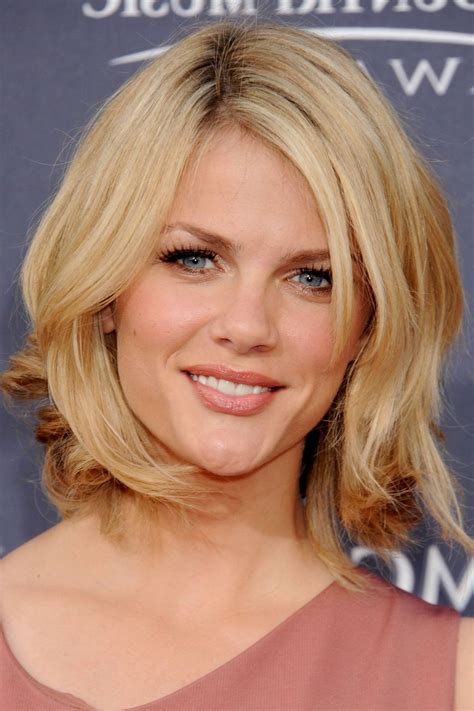With nearly 50% of women experiencing hair thinning by age 50, it’s a concern that affects millions worldwide. Yet, with the right haircut, you can embrace your natural beauty and defy thinning locks.

Understanding Thinning Hair
Thinning hair occurs when the hair follicles shrink, producing finer, weaker strands. This can be caused by genetics, aging, hormonal changes, or certain medical conditions.
6 Empowering Haircuts for Thinner Tresses
1. The Bob with Layers
-
Benefits:
- Creates volume and fullness at the crown
- Camouflages thinning areas
- Easy to style
2. The Pixie with Asymmetry
-
Benefits:
- Short length reduces weight, preventing breakage
- Asymmetrical bangs draw attention away from thinning areas
- Low maintenance
3. The Long Bob with Crown Volume
-
Benefits:
- Adds length and movement to thinner hair
- Layers at the crown create an illusion of thickness
- Versatile styling options
4. The Shaggy Bob
-
Benefits:
- Choppy layers add texture and volume
- Breaks up the weight of thinning hair
- Effortlessly stylish
5. The Blunt Bob
-
Benefits:
- Creates a thicker appearance by eliminating tapered ends
- Adds a touch of sophistication
- Can be paired with bangs to frame the face
6. The Pixie with a Side Part
-
Benefits:
- Off-center part adds volume to the thinner side
- Asymmetry creates visual interest
- Allows for experimentation with colors and highlights
Styling Tips for Thinner Hair
- Avoid heavy products that weigh hair down
- Use volumizing shampoos and conditioners
- Blow-dry hair upside down for added lift
- Experiment with hair accessories, such as volume clips and headbands
- Consider extensions or hairpieces for extra fullness
FAQ
1. Can hair thinning be prevented?
While genetics and aging are major factors, certain lifestyle choices can contribute to hair thinning. Maintaining a healthy diet, reducing stress, and protecting hair from heat damage can help preserve thickness.
2. Is there any treatment for hair thinning?
There are several medical treatments available, such as Minoxidil and Finasteride, which can help stimulate hair growth. However, it’s important to consult a doctor before using any prescription medications.
3. Can hair thinning be reversed?
In some cases, hair thinning can be reversed if the underlying cause is identified and treated. For example, hormonal imbalances or nutritional deficiencies can be addressed with appropriate interventions.
4. Is hair thinning a sign of illness?
Hair thinning can be a symptom of certain medical conditions, such as thyroid problems or autoimmune diseases. If you experience sudden or severe hair loss, it’s important to consult a doctor to rule out any underlying health issues.
5. Is hair thinning more common in women than men?
Yes, hair thinning is much more common in women than men. Approximately 50% of women will experience hair loss at some point in their lives, compared to 15% of men.
6. What is the best way to deal with the emotional impact of hair thinning?
Hair loss can affect self-esteem and confidence. Seek support from friends, family, or a therapist to navigate the emotional challenges of thinning hair.
